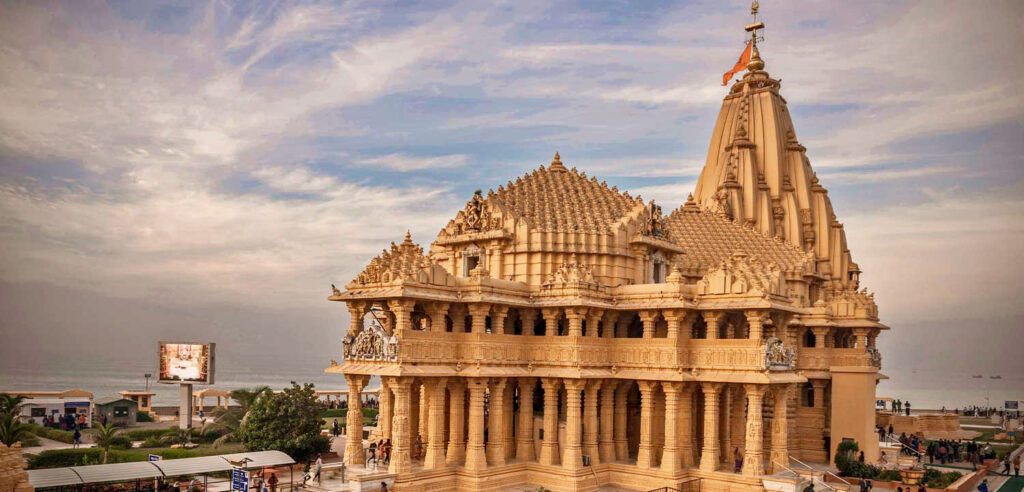
Mahmud of Ghazni, also known as Mahmud Ghaznavi, was a powerful ruler of the Ghaznavid Empire in the 11th century. He is famously remembered for his multiple invasions of the Indian subcontinent, during which he targeted various Hindu and Buddhist temples. One of the most notable among these invasions was his attack on the Somnath temple.
Several factors contributed to Mahmud Ghazni’s decision to attack the Somnath temple:
Wealth and Plunder: The Somnath temple, located in present-day Gujarat, was renowned for its immense wealth and grandeur. It was believed to house a significant amount of gold, silver, and precious jewels donated by pilgrims over centuries. Mahmud, seeking to finance his military campaigns and empire, saw the temple as a lucrative target for plunder and sought to amass its treasures.
Religious Zeal: Mahmud was a devout Muslim, and his attacks on Hindu and Buddhist temples were often driven by religious zeal. He believed in the expansion of Islam and saw the destruction of temples as a means to assert the dominance of his faith. Attacking prominent Hindu temples, such as Somnath, held both religious and symbolic significance for him.
Political Motivations: Mahmud’s military campaigns were not solely driven by religious motivations but also had political objectives. By raiding wealthy and influential Hindu temples, he aimed to weaken the power and resources of the local rulers. The conquests served to establish his authority in the region and expand the Ghaznavid Empire’s influence.
Historical Precedence: Mahmud was not the first to attack the Somnath temple. The temple had been targeted and rebuilt multiple times in history due to regional conflicts and power struggles. Mahmud may have viewed his actions as part of a historical continuum, asserting control over a strategically important site.
Military Expeditions: Mahmud’s frequent military expeditions into the Indian subcontinent were driven by a combination of territorial ambitions and the desire for wealth. The conquest of prosperous regions, symbolized by the looting of prominent temples, became a recurring feature of his campaigns.
The attack on the Somnath temple by Mahmud Ghazni in 1025 CE is often cited as a historical event that marked the clash between different religious and cultural forces during that period. The destruction of temples during his invasions had lasting repercussions, leaving an indelible mark on the history and cultural memory of the Indian subcontinent.


